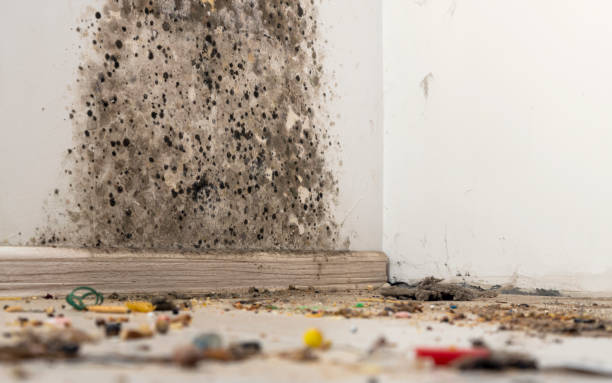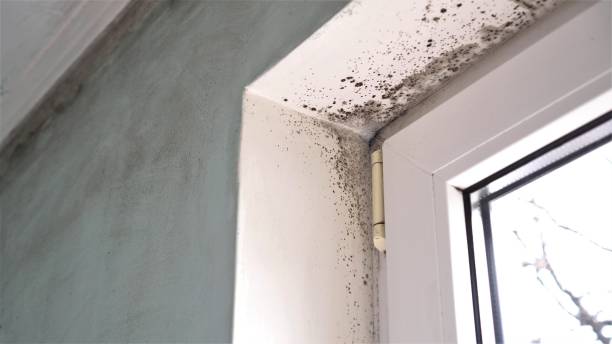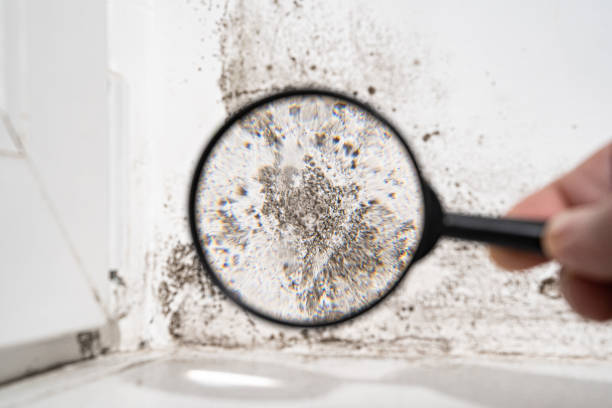As a homeowner, facing mold-related problems can be very tiring and hectic, especially when you don’t know what it is and the terms associated with it. Many people also find themselves confused between mold removal and remediation, and if you’re one of them, then don’t worry; that is perfectly normal. Hence, today our expert team at Restoration Connection has created this comprehensive guide to answer this question in detail so that the next time you hear the word mold, you know exactly what to do.
Understanding Mold: Back to the Basics:
Before we can dive into the differences between mold removal and remediation, we must understand what mold is. Mold is a substance that is considered to be very harmful to humans and can come in many forms and shapes. The most common occurrences of mold are either toxic, pathogenic, or allergenic. The main cause of mold growth or production is trapped moisture in a certain area of your house, especially enclosed spaces.

Mold & Why You Need to Get Rid of It:
Mold can be a serious risk to both your health and property. Mold has severe impacts on your property if its growth is not hindered or contained immediately after discovery, for instance, foundation damage. Mold exposure has also been reported to cause minor allergic reactions and even major respiratory issues.

It is advised to never leave mold unaddressed if you want to avoid health issues like
- Chronic respiratory conditions.
- Asthma attacks.
- Skin irritation and sneezing.
- Long-term effect on lungs.
All You Need to Know About Mold Removal:
The process by which you remove mold colonies from environments and surfaces where they pose great structural damage and health risks is called mold removal. This includes first identifying all the sources of mold and then guaranteeing an almost 100% removal for future growth prevention.
Here are some steps that professionals tend to follow for the mold removal process:
- First, they thoroughly analyze the affected areas on the property while utilizing the required safety gear.
- Next, some effective cleaning agents are applied to thoroughly strip the surface of the mold.
- Lastly, any signs of recurrence are monitored.
Mold Remediation: The Key Aspects:
Now that you know what mold removal is, let’s talk about mold remediation. It is a systematic process that involves mold elimination as well as its prevention while also prioritizing the safety and health of everyone in the vicinity. To restore the safety of the affected environment, the best techniques for the removal of mold infestation are used.
Let’s look at the top aspects involved in the mold remediation process:
- Experts first determine all the affected sites and assess the extent of the mold problem.
- Then the remediation process starts, where they contain the affected area to prevent the spread of the mold spores to other regions on the site.
- Specialized techniques and protective gear are used to safely and carefully eliminate all the mold.
- Lastly, future mold growth is inhibited by managing the property’s humidity levels and enhancing the ventilation system.

Top Three Differences Between Mold Removal & Remediation:
Now that you have a foundational understanding of mold as well as basic knowledge about mold removal and remediation, let’s analyze the top 3 differences between the two processes, as knowing about these points can help you make the right choice the next time your house or office has a mold infestation problem.
a. Focus Area:
When it comes to mold removal, the main focus is to eliminate all the mold that is visible to the naked eye of the homeowner or the mold removal professional. However, mold remediation is based on the main goal of addressing the underlying cause of mold growth in addition to removing all the visible mold.
b. Work Process:
In mold removal, the professional you hired will only focus on cleaning the visible mold or removing it by using cleaning techniques and tools. But for mold remediation, a good expert always does an in-depth site assessment while also making the building less susceptible to future mold growth.
c. Key Outcome:
The last key difference between the two processes is that mold removal is, all in all, a short-term solution that can only work for a limited amount of time, but mold remediation, on the other hand, is a long-term solution that also guarantees future prevention.
Conclusion:
To sum it up, understanding the key differences between mold removal and remediation is essential for any homeowner. Whether you have a mold problem or not, one day or another, you’re going to face this issue, and having some information about the different means of dealing with it can help you be prepared and make an informed decision for your property.
FAQs:
Does remediation get rid of mold?
Yes, mold remediation aims at getting the mold levels of your property back to normal.
What is the difference between mitigation and remediation of mold?
While remediation is the process in which you eliminate mold and restore affected areas, mitigation is about preventing mold growth.
Can mold be completely removed?
No, 100% mold removal is never possible, but you can maintain normal levels of mold on your property.
How long does mold remediation take?
The timeline depends on the severity of the infestation and size of the affected area. On average, professional remediation may take 1–5 days.
Is mold dangerous to live with if not removed?
Yes. Mold exposure can trigger allergies, asthma attacks, skin irritation, and respiratory issues. Prolonged exposure may cause long-term health risks.
